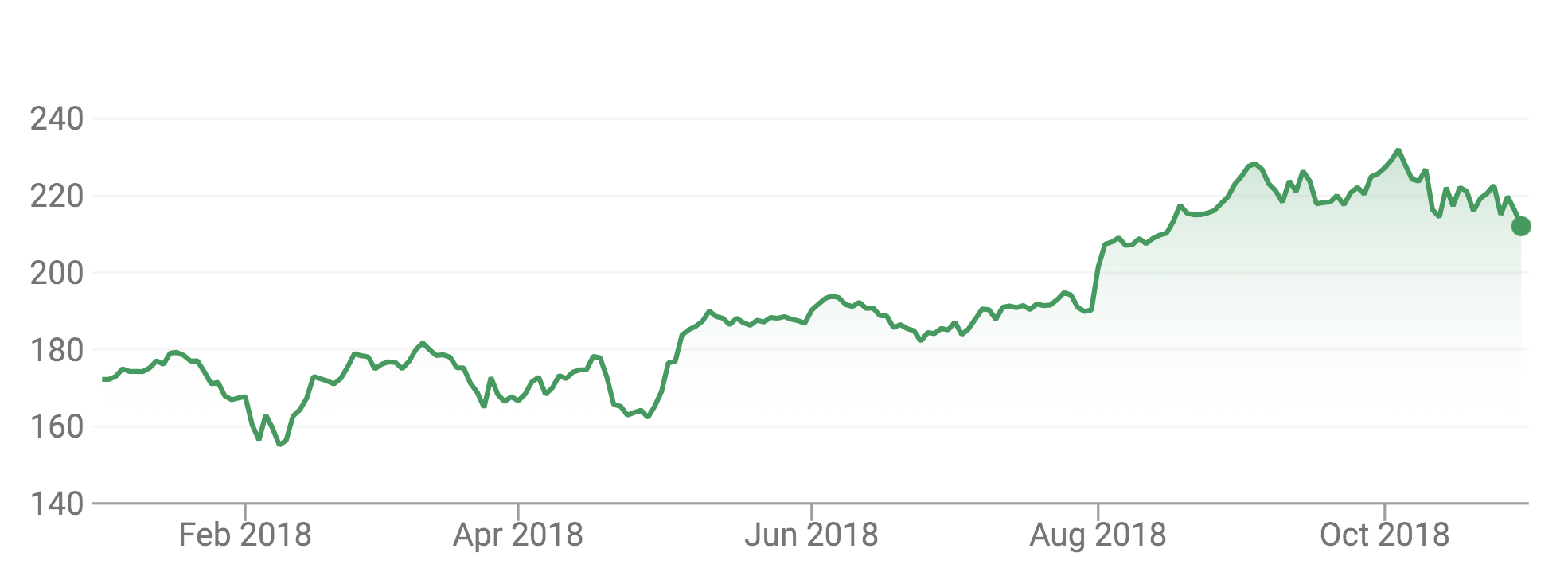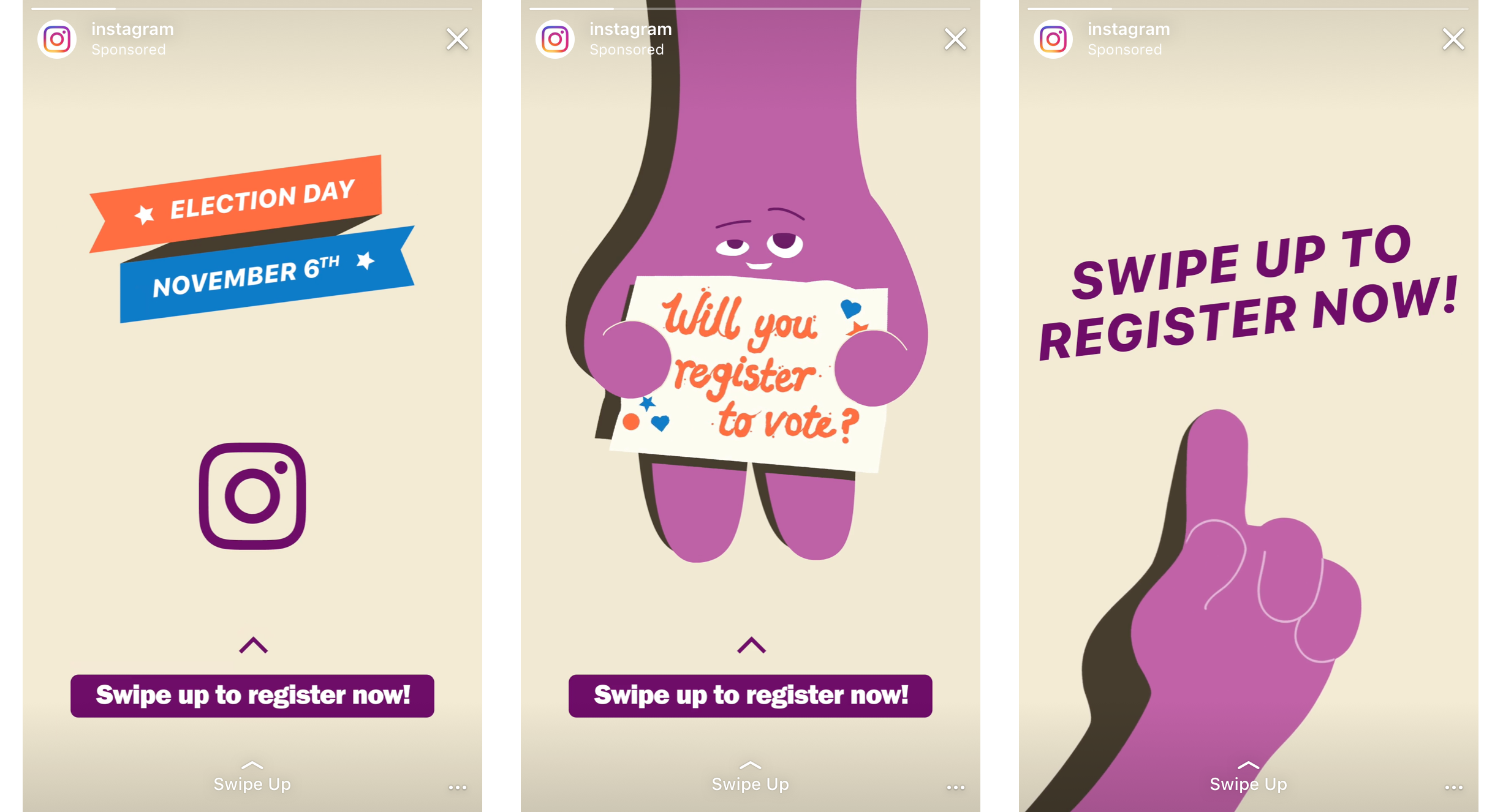Lime, the electric scooter and bike-share startup, has pulled some of its scooters from the streets of Los Angeles, San Diego and Lake Tahoe. That’s because of two hardware challenges the company has experienced, Lime wrote in a blog post last night.
In August, Lime says it became aware of a potential issue with some of its Segway Ninebot scooters. Specifically, Lime identified a problem with one of the two batteries in some of its earlier scooter versions.
“In several isolated instances, a manufacturing defect could result in the battery smoldering or, in some cases, catching fire,” Lime wrote on its blog. “We took this issue very seriously. Immediately upon learning of the defect, we worked with Segway Ninebot to create a software program to detect the potentially affected batteries. We then worked independently to create an even more thorough software program to ensure that no potentially faulty scooters remained in circulation. When an affected battery was identified — with a red code — we promptly deactivated the scooter so that no members of the public could ride or charge it.”
Lime says it then removed those scooters from circulation and “at no time were riders or members of the public put at risk.” But fast-forward to more “recently,” and Lime has received another report that one of its Segway Ninebot scooters may be vulnerable to battery failure. In total, Lime says less than 0.01 percent of its scooter fleet is affected.
In addition to potential battery failures leading to fire, Lime has experienced issues with scooter manufacturer Okai. Specifically, Lime says it’s received reports that the baseboards can break after repeated abuse.
“It’s possible for Okai baseboards to crack or break if ridden off a curb at high speed,” Lime said. “We are currently studying this issue and incorporating these learnings into our design process.”
It’s not clear if Lime will continue to work with Segway, which it partnered with a few months ago around a next generation of scooters. It’s also not clear if Lime will continue to use scooters from Okai. I’ve reached out to Lime to learn more.
Other electric scooter companies rely on Segway’s Ninebot, including Bird.
“Upon reading The Washington Post news article pertaining to Lime’s recall, we contacted Segway Ninebot to obtain their verification that all scooters purchased by Bird are free of any manufacture defects found in Lime’s earlier model scooters,” a Bird spokesperson told TechCrunch. “We have conducted our own initial investigation of the reported claims and believe that none of the vehicles Bird purchased from Segway Ninebot are affected. At Bird, our number one priority is the safety of our riders, chargers, mechanics, and all others who interact with our vehicles”
TechCrunch has reached out to Segway for comment.
It’s worth noting that in San Francisco, operators Skip and Scoot do not use Segway scooters. Skip modifies the Speedway Mini4 36V 21Ah, while Scoot works with Telepod.
Source: Tech Crunch


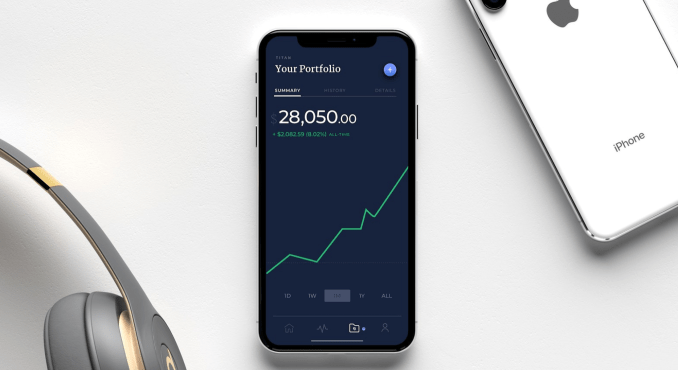
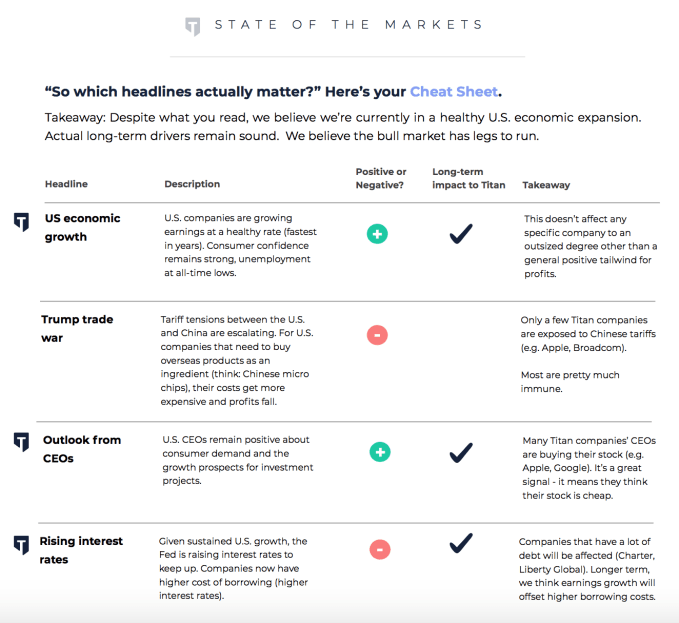
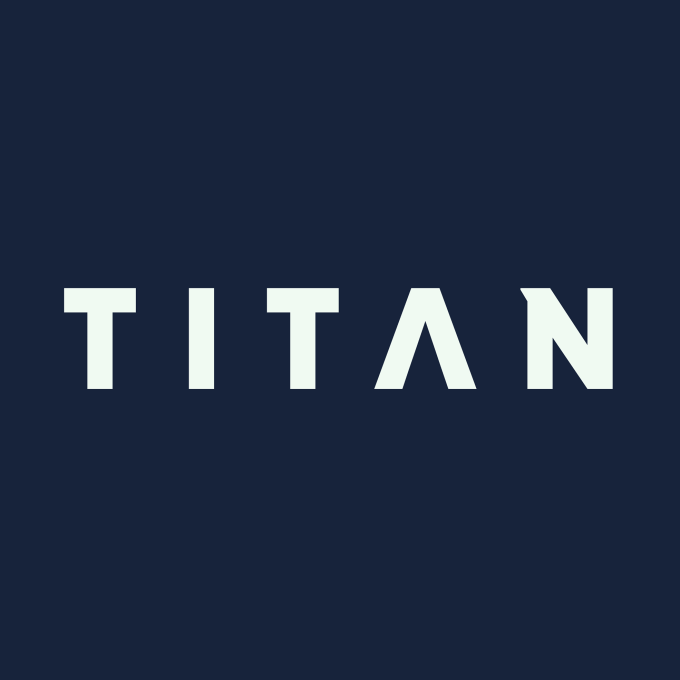 “Even the best hedge fund in the world is only going to send you a PDF every 90 days,” Percoco explains. But Titan doesn’t want you nervously checking your portfolio non-stop. “Our median user checks the app once per day.” That seems like a healthy balance between awareness and sanity. It thinks its education and informative push notifications make it worth a higher required investment and fees than Wealthfront charges.
“Even the best hedge fund in the world is only going to send you a PDF every 90 days,” Percoco explains. But Titan doesn’t want you nervously checking your portfolio non-stop. “Our median user checks the app once per day.” That seems like a healthy balance between awareness and sanity. It thinks its education and informative push notifications make it worth a higher required investment and fees than Wealthfront charges.